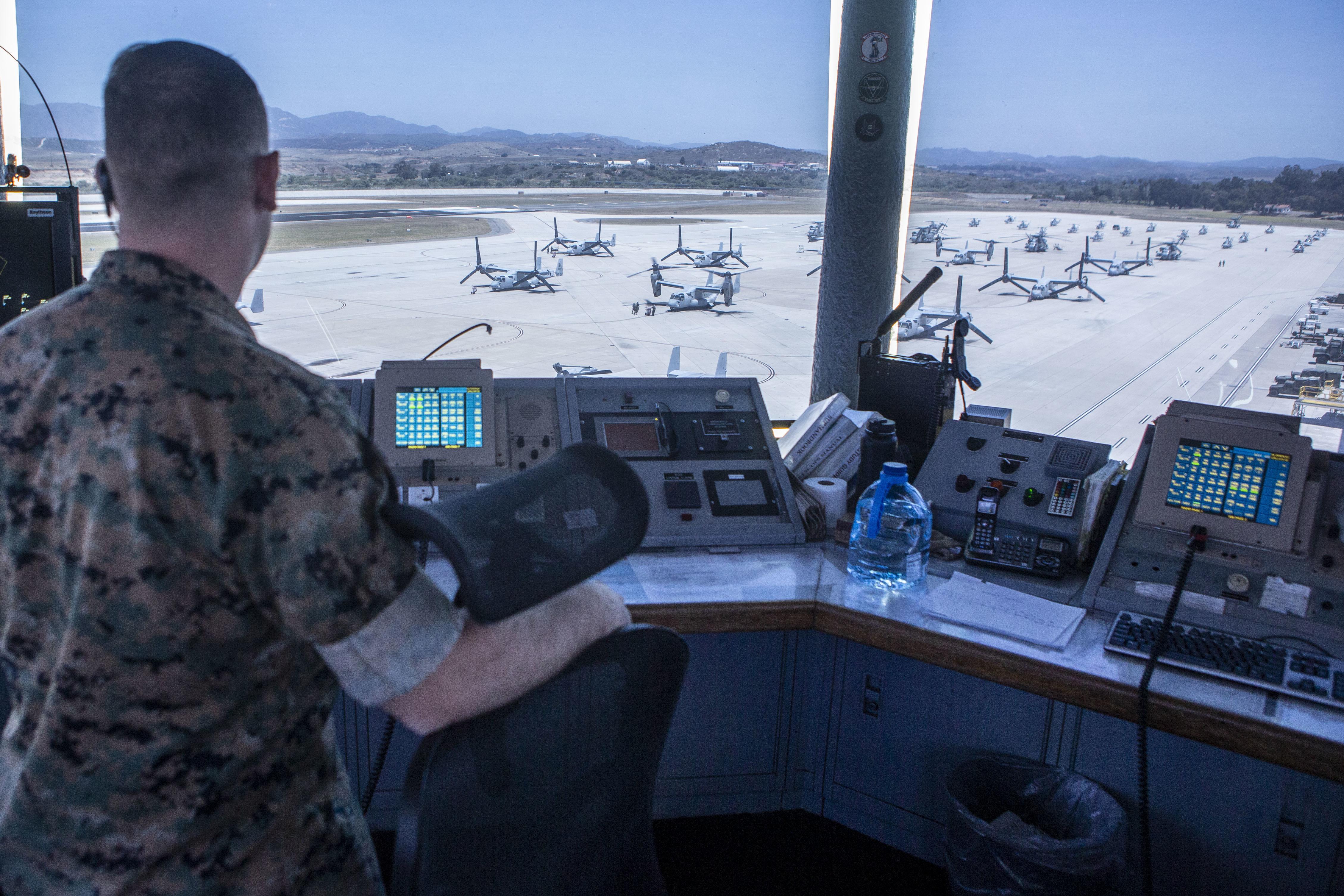
Credit: U.S. Marine Corps
The FAA and U.S. Defense Department (DOD) are seeking solutions from industry to display certain special-use airspace areas to comply with congressional direction to make that information available to pilots in real time. Section 1085 of the 2021 National Defense Authorization Act calls upon the FAA...
Subscription Required
This content requires a subscription to one of the Aviation Week Intelligence Network (AWIN) bundles.
Schedule a demo today to find out how you can access this content and similar content related to your area of the global aviation industry.
Already an AWIN subscriber? Login
Did you know? Aviation Week has won top honors multiple times in the Jesse H. Neal National Business Journalism Awards, the business-to-business media equivalent of the Pulitzer Prizes.





